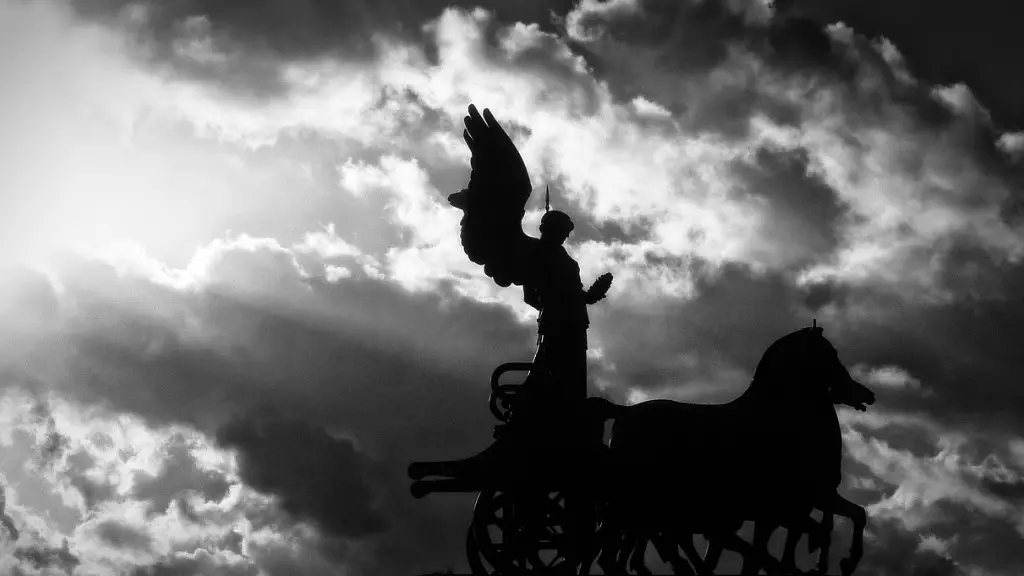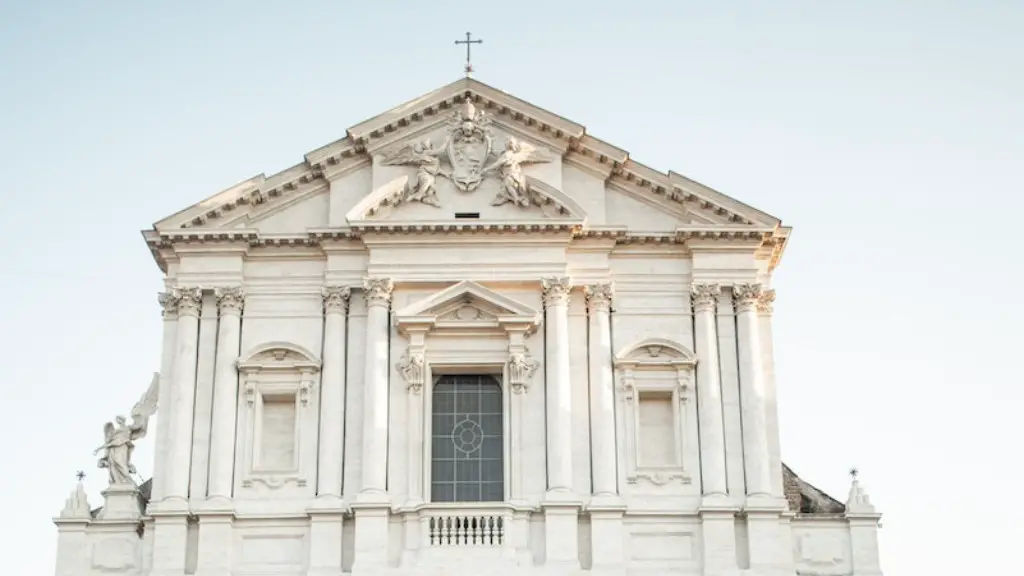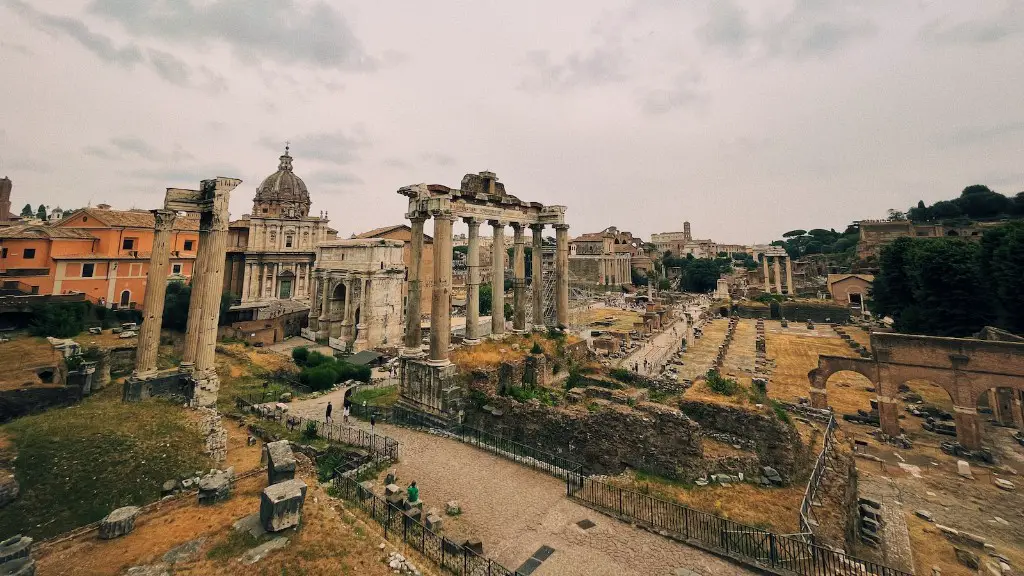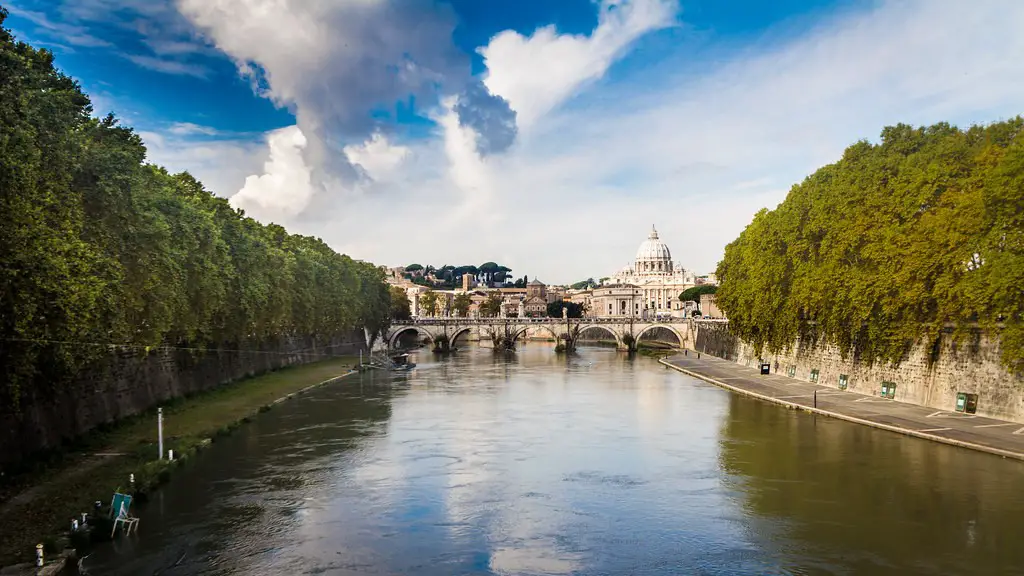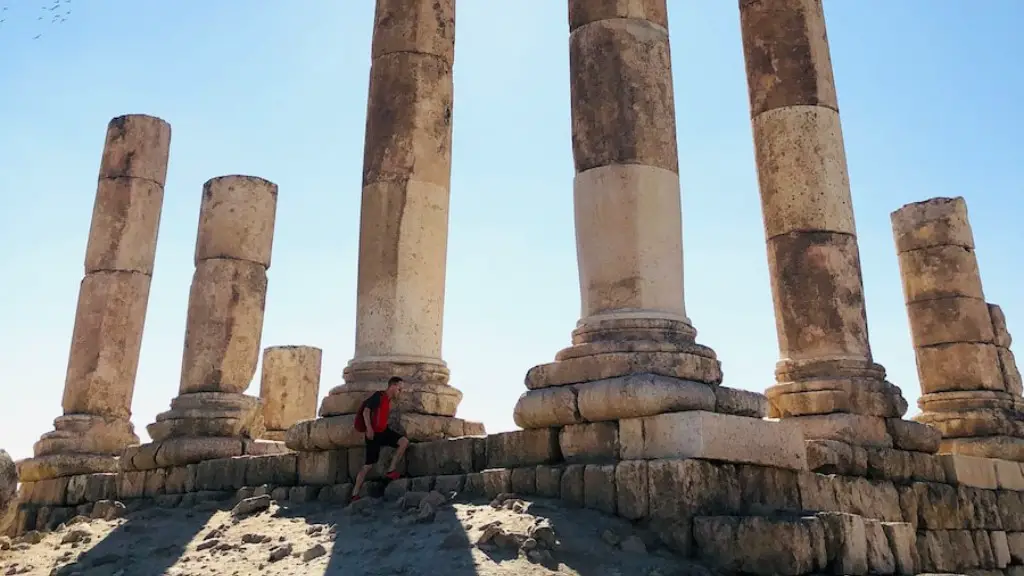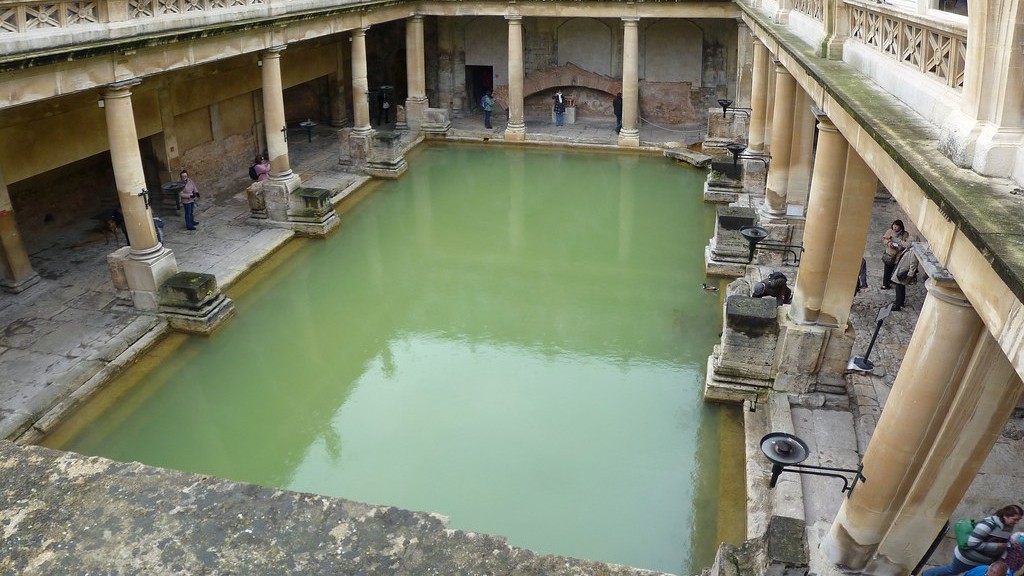Ancient Rome was one of the greatest empires of its time and has contributed much to our modern world. It was a powerful political, cultural, and religious force in the region and its religious beliefs have had a lasting impact on our current culture. The religions of Ancient Rome were diverse, ranging from the traditional to the more exotic and mysterious. Among the most popular were the official cults of the state-worshipped gods, the mystery cults and the Egyptian religion. Many of these religious practices still exist in modern society today.
At the heart of Ancient Roman religion were the official state-cult gods. These included Jupiter, Mars, and Minerva among others. The state-worshipped gods were seen as symbolic of the strength and power of the Roman Empire and were honored during religious festivals and public ceremonies. Worshipers sought blessings from these gods, and offered sacrifices and offerings in their honor.
Mystery cults were a later development in Ancient Rome, and included the popular cult of Mithras. This was a secretive brotherhood which was believed to be the source of strength and knowledge for its members. Members of the Mithras cult practiced common rituals such as the sacrificing of animals, where they would re-enact scenes from the cult’s sacred texts. They believed that by participating in these rituals, they could reach a divine connection with the gods and achieve a higher spiritual level of existence.
The religion of Egypt was one of the most influential in Ancient Rome and was popular throughout the Empire. Egypt had long been a powerful influence in the region, and its gods, such as Isis and Osiris, were worshipped and revered by the people of Rome. Worshipers believed that the gods and goddesses of Egypt could provide guidance and protection to them and their families. They also practiced rituals in honor of the gods, such as mummification and the offering of sacrifices. This religion also placed great emphasis on the afterlife, where the spirit could live and be protected by the gods.
The religions of Ancient Rome had a great influence on the culture and society of the time, and their influence can still be seen in modern culture today. From the official state-worshipped gods to the mystery cults and Egyptian religion, it is clear that ancient Rome had a diverse and fascinating religious landscape. Whether one ascribes to these beliefs or not, it is fascinating to learn about this great empire’s religious beliefs and practices.
Influence of Roman Religions
The impact of Ancient Roman religion on our modern society cannot be underestimated. While there have been many changes, the influence of Roman beliefs and rituals can be seen in some of our current practices. Many of our holidays, such as Easter and Christmas, are based on these ancient religious beliefs and are celebrated in much the same way. Additionally, many common symbols and images, such as the cross and dove, have their origins in the Roman pantheon.
The influence of Ancient Rome also can be seen in our political system. Our modern democracies owe much to the example set by Ancient Rome and the notion of a republic and elected leaders. Additionally, our governmental structure, judicial system, and education system are based on the principles set forth in the Roman Empire – features that are still in use today in some form or another.
The impact of Ancient Roman religion on our current culture is clear and profound. From holidays, to symbols, to our political and educational systems, it is impossible to deny the legacy left by this great empire and its beliefs.
Persecution of Early Christians
The persecution of early Christians in the Roman Empire was one of the most notable events in the history of the religion. Early Christians were seen as a threat to the state-sponsored gods and rituals, and were persecuted and martyred by the Roman authorities. This began with the arrest and execution of Jesus Christ and continued through the reigns of many Roman emperors, including Nero and Diocletian. In spite of this persecution, Christianity grew in popularity, eventually becoming the state-religion.
The persecution of early Christians in the Roman Empire was eventually abandoned when Constantine I declared that Christianity should be practiced without fear or repression. He eventually adopted Christianity as the official state-religion, and this began the process of integrating Christian belief into the Roman Empire. It is ironic that the religion that was persecuted by the Romans would eventually become the official religion of the Empire.
Today, Christianity is still the predominant religion in many western nations and the persecution of early Christians is still remembered. This serves as an important reminder that faith does not have to be a source of conflict, but that it can be embraced and celebrated in a way that unifies rather than divides.
Spread of Christianity
The rise of Christianity in Ancient Rome was one of the most significant developments in its history. As the church grew, it spread throughout the Roman Empire, becoming the official state-religion by the 4th century. The spread of Christianity was also aided by missionaries and evangelists who spread the Gospel throughout the Empire.
In addition to the work of missionaries, trade played an important role in the spread of Christianity. Merchants and traders would often bring Christian literature and artwork with them to various cities and towns, allowing it to reach an even wider audience. This diffusion of ideas, combined with the teachings of missionaries and evangelists, allowed Christianity to become one of the most powerful influences in the Roman Empire.
Today, Christianity is still one of the world’s largest and most powerful religions. Its influence can be seen in all parts of the globe, and its teachings continue to shape our understanding of morality, justice and the human experience. The spread of Christianity in Ancient Rome was a major factor in its rise to power and prominence in the world today.
Roman views of ‘pagan’ Religions
The rise of Christianity in the Roman Empire had a significant impact on the other ‘pagan’ religions. With the official adoption of Christianity as the state-religion, the government began to diminish or even eliminate the practice of other religious beliefs and practices. This was done in an attempt to create a unified religious identity in the Empire and to limit the power of the other faiths.
Despite attempts to limit or eradicate the practice of other religions in the Empire, many of these beliefs and practices, such as Mithraism and Egyptian religion, continued to thrive in some remote areas, free from the persecution of the government. This is one of the reasons why some of these religions still exist today, especially among a younger demographic.
Today, the view towards ‘pagan’ religions is much more tolerant than in the past. Regulations and statutes have been enacted to protect the rights of those who practice these beliefs, as well as to promote freedom of religion. This is a positive step forward and shows how our understanding of religious diversity has evolved and matured over the years.
Influence of Roman Religion on Art and Architecture
The Roman religion was a driving force behind the art and architecture of the time. The imagery, motifs and themes used in their artwork were based on their religious beliefs, and this is readily apparent in many sculptures and paintings from the era. The great temples and monuments built in honor of the gods, such as the Pantheon, were impressive visual representations of the Roman religion and its importance.
In addition to art and architecture, the Roman religion had an influence on literature and literature in the empire. Writers such as Vergil created works that celebrated and explored the gods and goddesses of the Roman pantheon. Similarly, the most important poets, such as Ovid and Horace, wrote extensively on religious themes, both in praise and in condemnation of their gods.
Today, the influence of Ancient Roman religion can still be seen in our art and architecture. From the images and motifs in paintings, to the great monuments that still stand in tribute to the gods, it is clear that the Roman religion has played a major role in our culture and society.
Conclusion
The religions of Ancient Rome were an important part of the culture and society of the time. From the state-worshipped gods to the mystery cults and Egyptian religion, it is clear that the Roman Empire had a diverse and fascinating religious landscape. Today, the influence of these beliefs can still be seen in our modern world, from our holidays and symbols to our political and educational systems.
